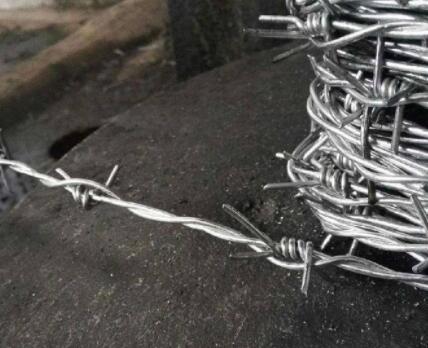Nailing plywood to concrete is a common task in construction and renovation projects. Whether you're building a subfloor, creating a base for cabinets, or forming a solid foundation for a new wall, understanding how to properly secure plywood to a concrete surface is crucial for ensuring durability and stability. This article will guide you through the necessary steps and considerations for effectively nailing plywood to concrete.
Materials Needed
Before you begin, gather the following materials - Plywood sheets (typically 3/4 inch thick) - Concrete nails or screws - Hammer or power drill - Concrete adhesive (optional but recommended) - Measuring tape - Saw (if cutting plywood is necessary) - Safety goggles and gloves
Preparation
1. Clean the Surface Ensure the concrete surface is clean and free of dust, debris, and moisture. This can be done using a broom and, if necessary, a pressure washer to remove stubborn dirt. 2. Measure and Cut Plywood Measure the area where you will be laying the plywood. Use a saw to cut the plywood to the required dimensions, making sure to account for any obstacles such as plumbing or electrical lines.
3. Dry Fit the Plywood Before securing the plywood, lay it in place to ensure it fits correctly. This is the time to make any adjustments if necessary.
Securing the Plywood
Once you have your materials prepared, it’s time to secure the plywood to the concrete.
nail plywood to concrete

1. Apply Adhesive (Optional) For added stability, you may choose to apply a concrete adhesive to the back of the plywood before laying it down. This will help hold it in place and minimize movement.
2. Position the Plywood Place the plywood sheet over the desired area. Ensure that it is level and properly aligned.
3. Nail or Screw the Plywood Using concrete nails or screws, secure the plywood to the concrete. If using nails, a hammer will suffice, but for screws, a power drill is needed. Space your fasteners approximately 12 inches apart along the edges and 16 inches in the field to ensure an even distribution of weight.
4. Check for Levelness As you secure the plywood, continuously check for levelness. This is particularly important if you are installing a subfloor or a surface that will bear weight.
Finishing Touches
Once the plywood is secured, you may want to finish the edges. If the plywood is going to be exposed, consider sanding down any rough edges and applying a sealant to protect it from moisture and damage. If it's a base for further construction, ensure everything is aligned correctly for the next steps in your project.
Conclusion
Nailing plywood to concrete is a straightforward process that requires careful preparation and attention to detail. By following these steps and using the right materials, you can create a solid and lasting foundation for your construction project. Whether for flooring, cabinetry, or walls, securely fastening plywood to concrete is essential for building stability and integrity. Always remember to prioritize safety by wearing appropriate gear and handling tools with care. With proper execution, your plywood installation will serve you well for years to come.

















